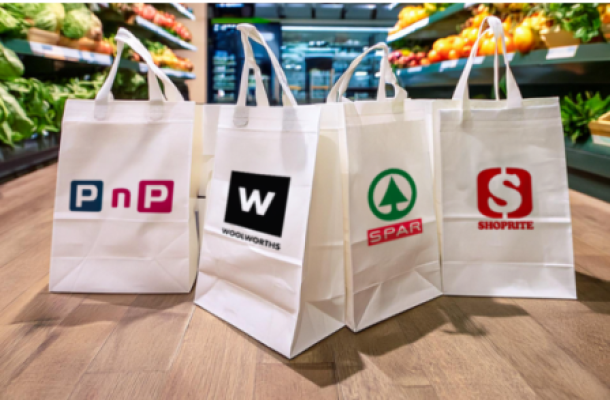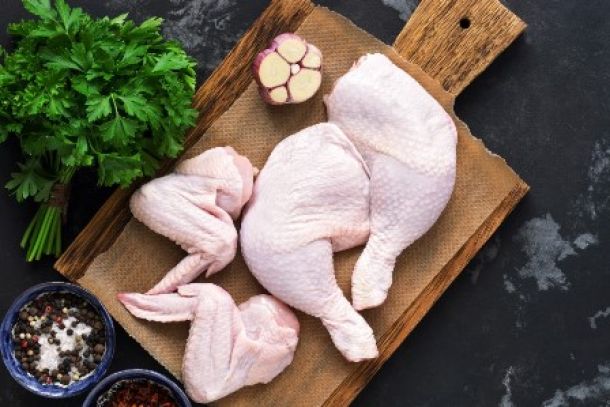Supermarket chains fight for share of the market
Competition among food retailers is hotting up, with the big operators trying to grab market share from one another.
"These are some of the toughest consumer conditions I can ever remember and they're getting worse, almost by the day," said independent analyst Chris Gilmour. "So within that context I think it's going to be extremely difficult for all of the food retailers because the margins are already thin, they're going to have to be incredibly innovative and it's going to have to be all about gaining market share."
Shoprite has few Checkers stores in affluent areas - where higher margins could be earned - but plans to open 23 Checkers outlets in wealthy areas by June next year.
Lowered pricing
Game has been rolling out Foodco and has challenged shopping centres' exclusivity clauses about anchor food retailers. Woolworths has lowered pricing on categories such as cereals, sauces and grain products. All these stores provide a good fresh offering, previously the domain of upmarket retailers such as Woolworths.
Senior equity analyst at Sasfin Securities Alec Abraham said Checkers was increasingly challenging Pick n Pay and Woolworths' dominance in affluent areas. Pick n Pay was stepping up its challenge to Shoprite's dominance at the lower end, and Massmart had entered the fray, taking on Shoprite through its Cambridge brand and Game's Foodco.
Under pressure
Jean Pierre Verster, portfolio manager at Fairtree Capital, said the entire food sector was under pressure, and while it looked from the listed companies' disclosures that there were some small market-share movements between them, a large portion of the sector was made up of independent stores.
Spaza shops are taking market share from large-format retailers due to the convenience of being close to where people live, which erodes big retailers' lower-pricing advantage.
A Nielsen study shows that "modern trade" shoppers, who also use spaza shops, grew from 45% in 2015 to 53% last year. South Africa has 2500 modern trade outlets, including supermarkets, and 140000 traditional trade outlets, including spaza shops.
Convenience the key
Abraham said: "If you look at research done both locally and internationally, price is not the key determinant of where you shop for groceries. Number one is convenience."
There are no market-share figures for food retail after a spat over the numbers resulted in big retailers refusing to submit data.
Accurate data about food retail is also hard to come by because informal independent retail is significant, said Maryla Masojada of retail analysts Trade Intelligence.
It estimates the value of food retail in this country to be R520- to R550-billion a year.
Said Abraham: "I don't think Checkers is taking away market share from Woolworths. They're taking it away from Pick n Pay."
Verster said Woolworths was showing positive like-for-like growth but slightly negative volume growth.
News Category
- International retailers
- On the move
- Awards and achievements
- Legislation
- Wine and liquor
- Africa
- Going green
- Supplier news
- Research tools
- Retailer trading results
- Supply chain
- Innovation and technology
- Economic factors
- Crime and security
- Store Openings
- Marketing and Promotions
- Social Responsibility
- Brand Press Office
Related Articles

Checkers Sixty60 wipes floor with Pick n Pay As...

Top tips for consumers to combat escalating ele...

Clear winner in South African retail battle

Drinks survey reveals Rooibos as a top choice a...


